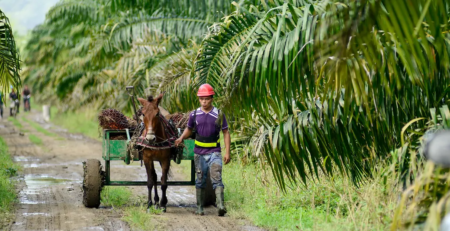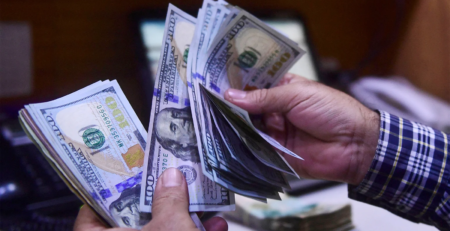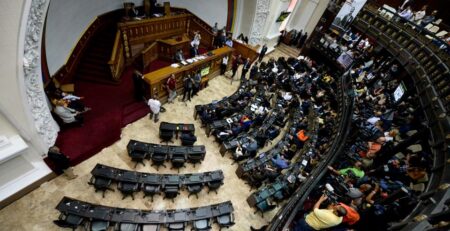South Korea. State pensions face mounting calls for reform
Calls are expected to grow for the reform of four state-run pension funds, as nearly 60 trillion won ($51 billion) will be allocated for public spending next year, up 6.2 percent from this year’s 55.8 trillion won.
The year-on-year increase will require a greater amount of taxpayers’ money to slow the hemorrhaging of the funds, as a rapidly aging society and overall decrease in labor productivity cause government welfare expenditures to snowball.
Mandatory spending by law cannot be curbed unless a revision is proposed, posing a major threat to the fiscal soundness of a country, economists said, Sunday.
Also sustaining the rapid increase in public spending is the fact that many retirees are seeking monthly pension payouts instead of receiving a lump sum payment, an inevitable choice since ultra-low interest rates on bank savings have made it impossible for pensioners to make ends meet.
Dankook University economist Kim Tai-gi said pension reform will emerge as a key pledge of presidential candidates in next year’s presidential election. “Pension reform is a longstanding issue that impacts all taxpayers, especially the young generation who are to shoulder the entire burden.”
According to the national financial management plan from 2021 to 2025 submitted by the finance ministry to the National Assembly last week, the four funds in question will need over 59.2 trillion won in public money next year, up 6.2 percent from 55.8 trillion won this year.
About 8.7 trillion won has been earmarked to offset the deficit reported by the National Pension Service (NPS), civil servants’ pensions, pensions for private educators and military pensions. Expenditures of the four funds will grow at an annual average of 7.8 percent over the next four years.
The figure will rise to 65.1 trillion won in 2023, up further to 70.6 trillion won in 2024 and 75.3 trillion won in 2025. Taxpayers’ money needed to offset the deficits of the four funds will rise to 10.4 trillion won in 2025, up from 9.2 trillion won in 2023 and 9.8 trillion won in 2024.
Read more @The Korea Times
248 views










